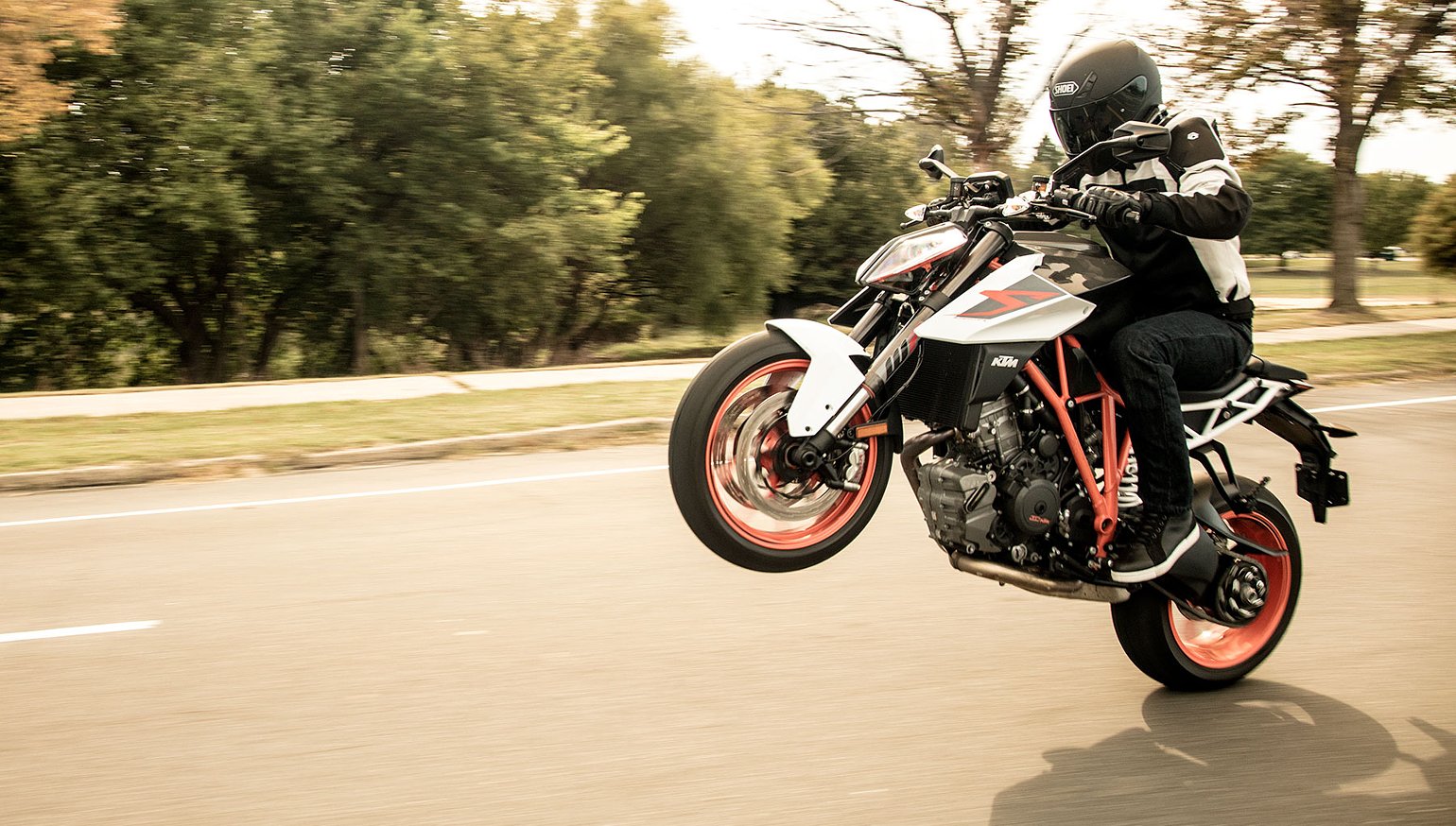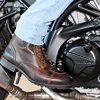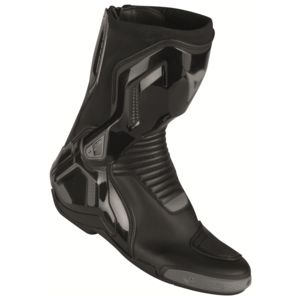Casual riding shoes for motorcyclists have grown increasingly popular over the past few years. Just 10 years ago, the category didn't really exist. You either picked up a pair of shin-high motorcycle boots or rode around in your flip flops.
OK, maybe not the flip flops part, but I’m sure we’ve all seen that guy. My point is that you used to have to choose between motorcycle boots or footwear that was designed by someone who never even thought about a motorcycle, much less about building in the kind of protection you might need in a crash. Today’s riding shoes provide an intermediate option.
So if you're choosing footwear for your ride, what are the pros and cons of this new category?
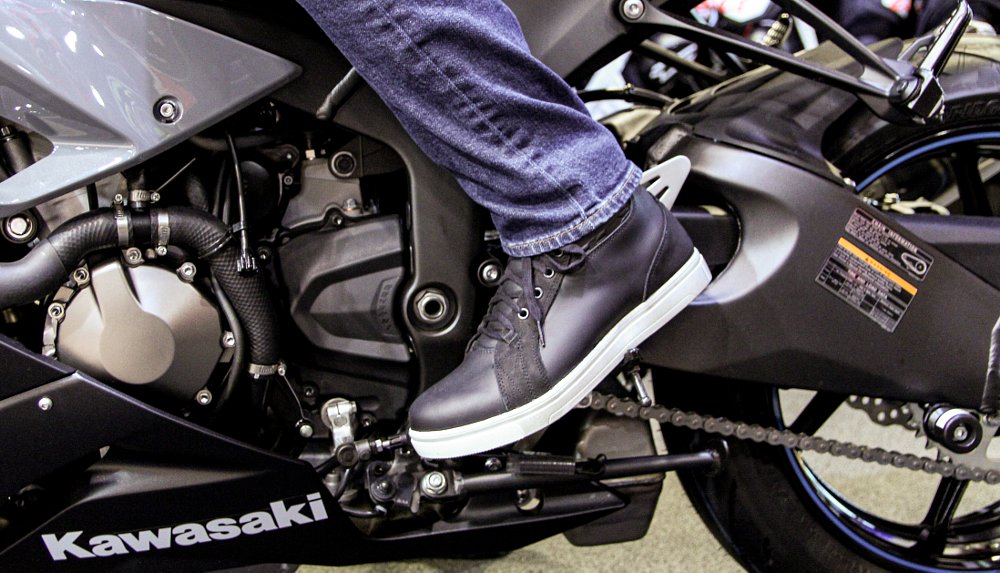
Features of motorcycle riding shoes
At this point, almost every brand out there has created and will probably continue to create casual riding shoes. I think the most obvious benefit provided by casual riding shoes is walkability. Being able to arrive at your destination, hop off of the bike, and walk around comfortably is a huge benefit for most riders. It also may eliminate the need to carry an extra pair of shoes or leave a pair at the office for the days when you commute to work on the bike.
Additionally, whether you like to admit it or not, most of us care about how we’re perceived by the general public. When you hop off of your bike and look like you're taking “one small step for man, one giant leap for mankind,” you tend to get noticed by your surrounding audience. Riding shoes help eliminate the “Hey, I ride a motorcycle” look (your helmet, jacket, and pants are a separate issue).

Of course to gain that walking comfort and blend-in-with-the-crowd style, you give up some protection. Riding shoes typically come equipped with ankle cups on the medial and lateral sides. They’ll often sport a reinforced toe, heel, and sole. You can also find a shifter pad, waterproof liners, and some touches of reflectivity, but these features are not quite as common as they are with riding boots. Where you sacrifice a fair amount of protection with a casual riding shoe is the lack of the full shin protection and torsional and lateral support (protection against twisting forces). Riding shoes may also be made of lighter materials that provide less abrasion and impact resistance.
Features of motorcycle riding boots
Despite the convenience and comfort of casual riding shoes, they’re really is no replacement for the protection that full-length riding boots provide. The ironic part is I’m writing this article with a broken fibula and torn ligaments in my right ankle, sustained while wearing riding boots. There's a lesson in there, so I think it's worth an aside.
I was riding motocross and my buddy, Matt, kicked me off the track in mid air. Just kidding — that would have been a much better story, though. In reality, I was at the motocross track, I put my leg out while railing through a turn and my toe got snagged on a rut. The rut grabbed my toe and foot and twisted my ankle pretty severely. It did not feel great.
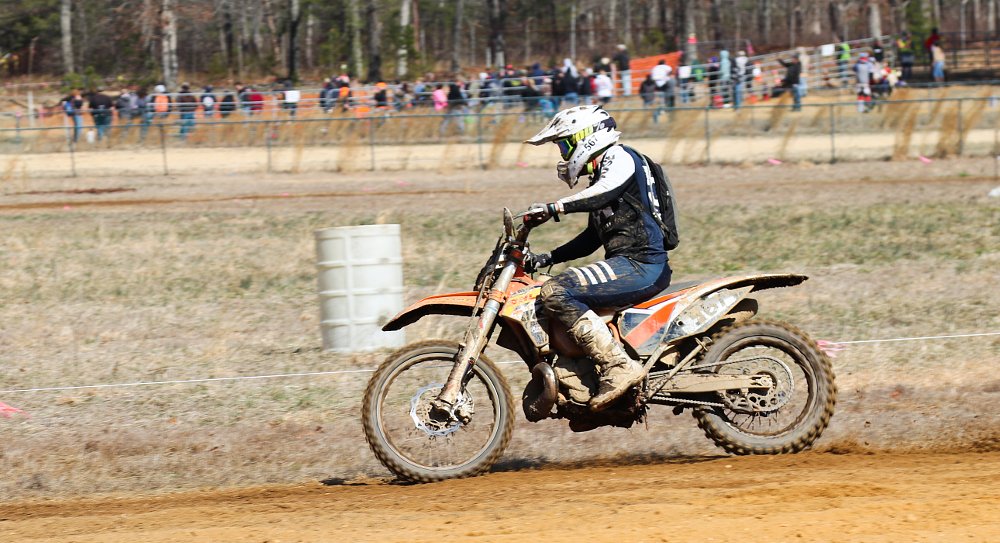
I was wearing the Alpinestars Tech 7 boots, which I still believe in fully. I took a huge impact and I don’t think there was any way to avoid my injuries (outside of not snagging my toe on a rut), no matter what boots I might have been wearing. So my point is there’s no guarantee against injury, no matter how protective your boots are.
Full-length riding boots do improve your odds, however. In addition to the features you'll usually find on riding shoes, riding boots typically have a fair amount of shin protection and a wider selection of waterproof options. Off-road riding boots take it up a notch beyond street boots in the amount of protection they provide. They’re typically heavier and stiffer and that makes them harder to walk in. When you’re riding off-road, a stiff boot with excellent torsional and lateral protection is very important.
Many street boots, especially those made with touring or commuting in mind, do not provide torsional and lateral protection. Boots made for racing or track days often feature a hinge system that helps prevent torsional and lateral injuries while still allowing the ankle plenty of articulation to manipulate a motorcycle's controls.
Personally, the challenge I faced when I started shopping for full-length motorcycle boots was getting used to the stiffness. A bomb-proof off-road boot provides an incredible amount of protection but probably isn't the right tool for the job for most street riding. It can be too stiff to feel your controls properly and forget about walking. Fortunately, there are so many options available, you can find riding shoes or boots that suit your particular needs.
Since I do a variety of kinds of riding, let me use myself as an example.
My go-to riding shoes and motorcycle boots
For my commutes into the office and running errands around town, I’m usually in my TCX Street Ace Shoes or my REV’IT! Marshall boots. While my Marshalls are technically boots, I still lump them in with casual riding shoes as they don’t offer the same protection as a full-length moto boot. The casual observer wouldn't even notice these are motorcycle-specific.

For sport riding or the (paved) race track, I prefer my Dainese TR Course Out Boots. These boots are comfortable to wear all day on my touring and sport rides on the street and, for the price, they offer greater torsional and lateral protection than a lot of the competition, which is reassuring when I'm at a track day. I also like that they feel “low-profile,” meaning it's easy to slip my toe under the shifter and they never feel clunky.
For my off-road riding, from enduro races and hare scrambles to dual-sport rides and the motocross track, I’ve been rocking the Alpinestars Tech 7s for a few years now. I think they provide a perfect balance of flexibility while still offering excellent torsional and lateral protection. Because of my recent ankle injury, I’ll probably hop up to the Tech 10s for my next set of dirt stompers, because they have the inner booty (yes, I said booty, let’s try to be adults here) and offer bomb-proof protection.
As you can see, I ride and compete in quite a few different disciplines, so I have a set of boots for each. I understand that not everyone is going to have 10 pairs of moto-specific boots in their closet, or even the four favorites I listed above.
I think for most riders a pair of casual riding shoes and a pair of full-length riding boots (either street-oriented or off-road focused, depending on where you ride) will cover most of the bases. Ultimately, it comes down to what kind of riding you do and the level of protection versus comfort that you want to live with.




